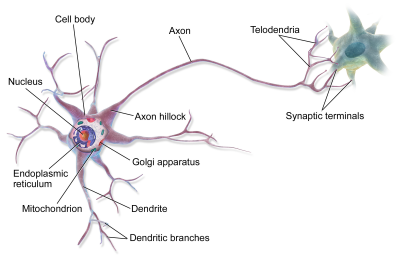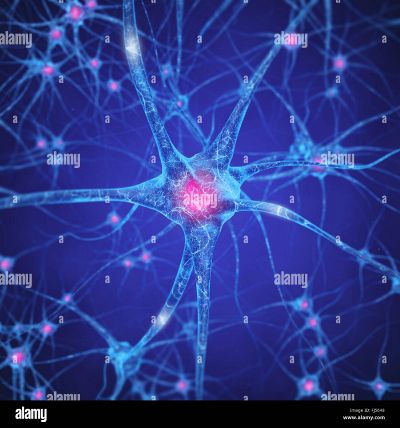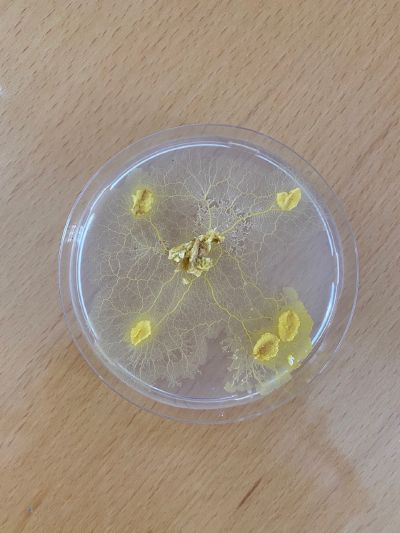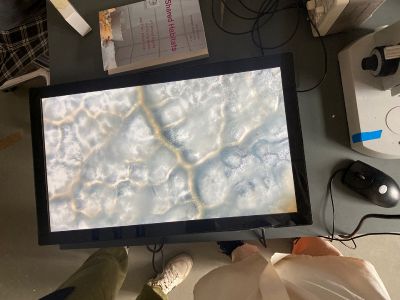No edit summary |
No edit summary |
||
| Line 6: | Line 6: | ||
- Ancient plaster statue imitating humans and gods. It has orthodox (or conservative) meanings in human history and art history. | - Ancient plaster statue imitating humans and gods. It has orthodox (or conservative) meanings in human history and art history. | ||
- The contrast and integration of the plaster statues, relics of the past, and living slimo in the present. | - The contrast and integration of the plaster statues, relics of the past, and living slimo in the present. | ||
<gallery> | |||
File:Busto-Apolo_Escayola.jpg | |||
File:depositphotos_364864418-stock-photo-gypsum-copy-of-ancient-statue.jpg | |||
File:gypsum-copy-ancient-statue-venus-head-isolated-white-background-plaster-sculpture-woman-face-de-milo-artists-179887023.jpg | |||
</gallery> | |||
[[File:Blausen_0657_MultipolarNeuron.png|400px]] | [[File:Blausen_0657_MultipolarNeuron.png|400px]] | ||
Revision as of 10:25, 25 October 2021
1. Cover the plaster statue with slimo like transparent skin.
- Morphological Similarities Between Slimo and Human Neurons - The connection and integration between the human (me) and the slimo. - Ancient plaster statue imitating humans and gods. It has orthodox (or conservative) meanings in human history and art history. - The contrast and integration of the plaster statues, relics of the past, and living slimo in the present.






